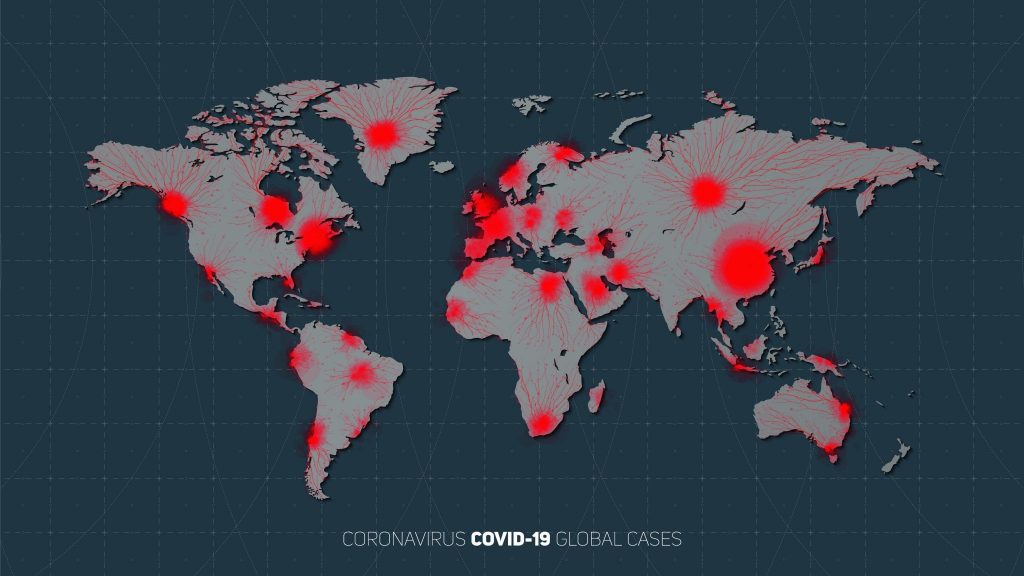
The new Chinese coronavirus epidemic has not only stirred up the community and plunged the global economy into crisis. There is another area for which the spread of the virus does not pass without a trace.
Change in environmental pollution
Nature again reminded humanity of the fragility of the illusion of “economic growth.” We, as a species, remain vulnerable to most environmental factors.
At the same time, intensive technological development only exacerbates the situation and makes us vulnerable to threats that we cannot even see through a microscope in terms of size.
The spread of the coronavirus epidemic has led to a change in the “behavioral consumption model” of humanity. In the face of a direct threat, “economic growth” has receded into the background, and conservation and rational use of resources have become a priority. A change in the habitual way of life in local territories led to the expected consequences — a change in the level of environmental pollution.
NASA scientists focused the attention of the professional community on an interesting fact — aerospace monitoring recorded a sharp change in the average monthly concentrations of pollutants in the atmospheric air of China. The most striking and indicative is the change in the concentration of nitrogen dioxide (NO2).
The effect of air quality on public health
There is a clear connection between the quality of atmospheric air and the health of the population, and in the case of an epidemic, the body’s ability to withstand immunity against infectious diseases.
Polluted air is clearly associated with the prevalence of chronic respiratory diseases. Thus, infections are easier to “attack” a weakened and affected body than a healthy one.
The environmental factor in air pollution is not always associated with the prevalence of infectious diseases. Despite this, the state of the environment is one of the four key factors that shape individual (and collective) immunity. Therefore, long-term environmental pollution in the event of epidemics can significantly increase the prevalence and consequences of infectious diseases among the population.
This is exactly the picture we are seeing in China. In this region, a high level of air pollution has been observed for many years.
Picture Credit: Freepik
